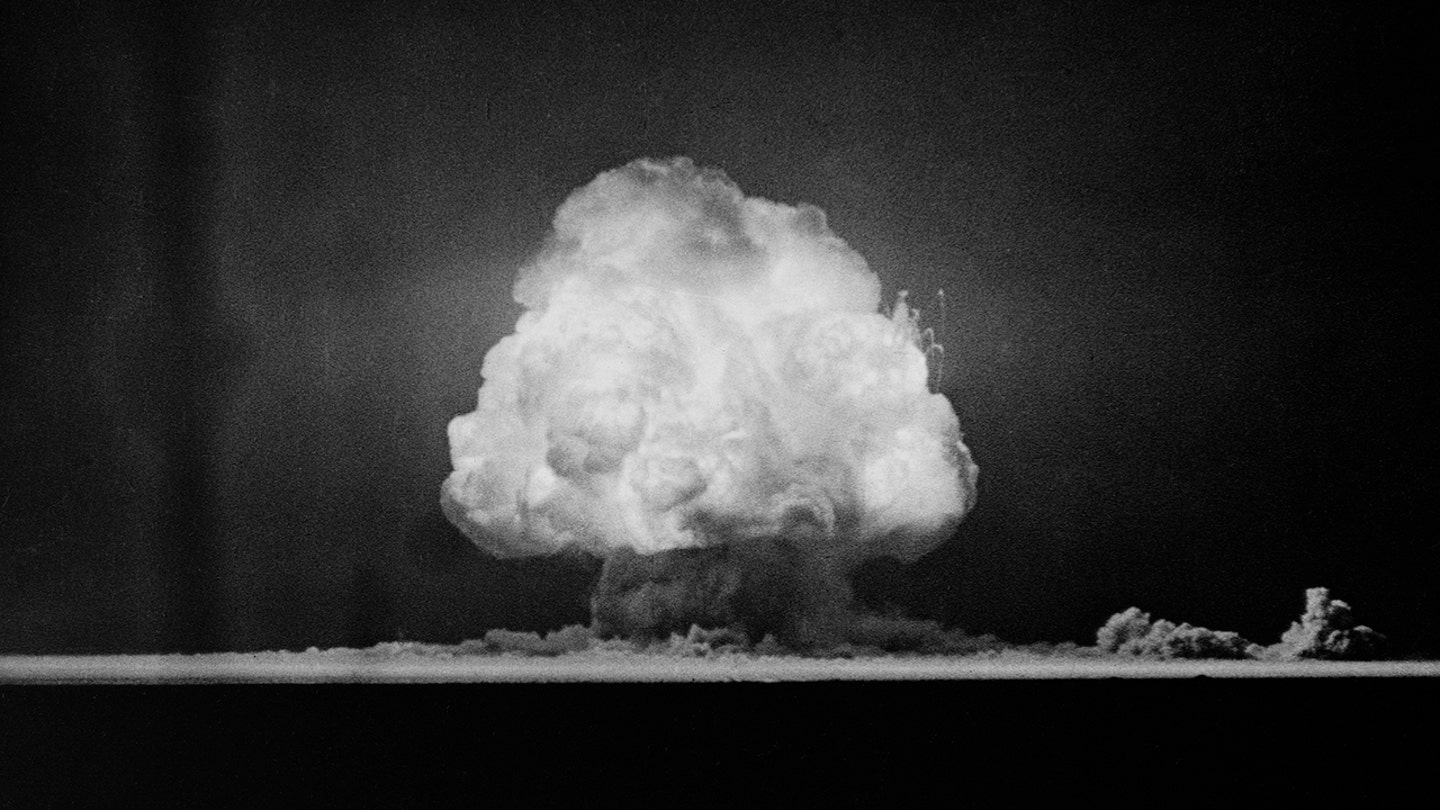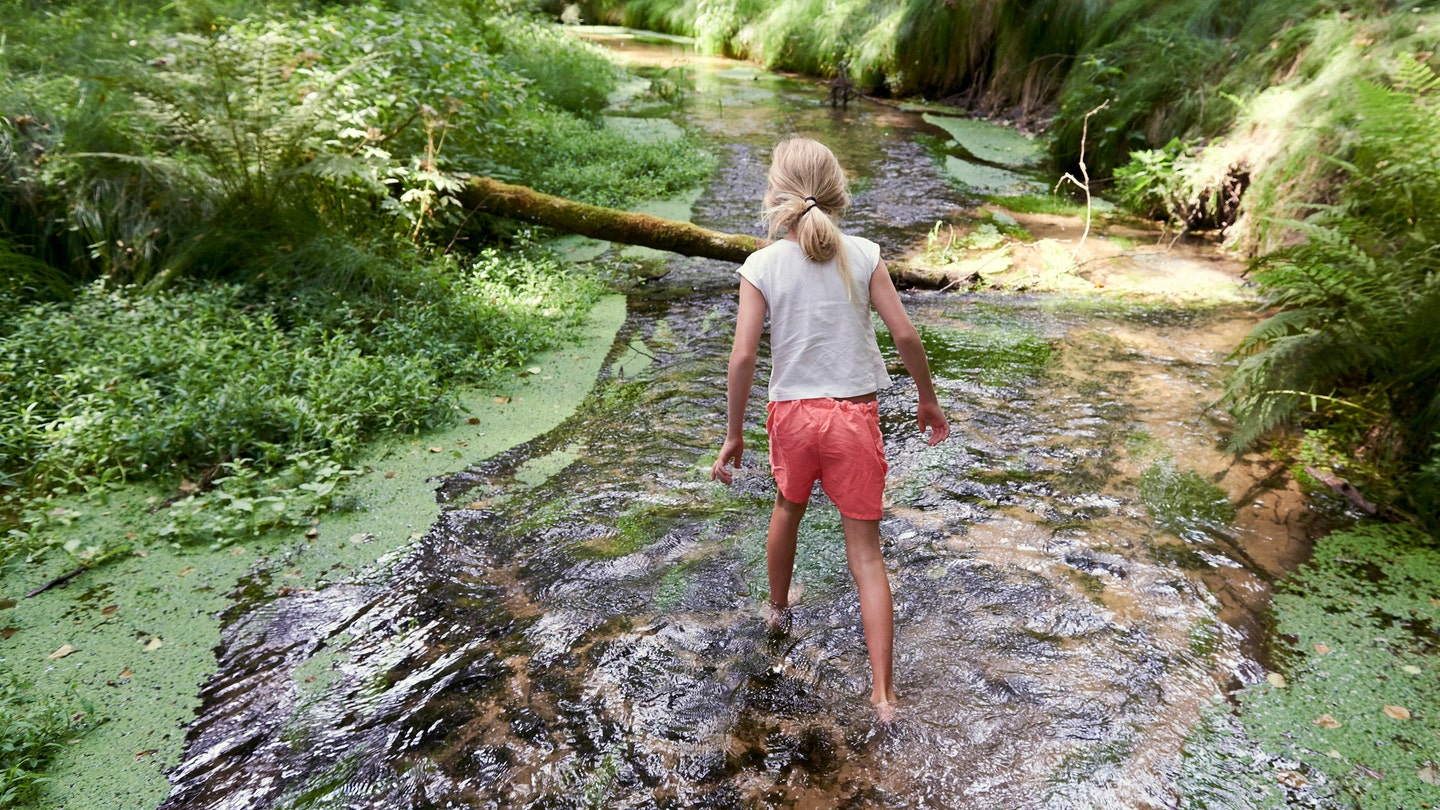NEWYou now have the option to listen to news articles!
A creek in Missouri is suspected to have contributed to an increased risk of cancer in nearby residents.
Known as Coldwater Creek, this tributary of the Missouri River, located north of St. Louis, has been identified as a site contaminated with radioactive waste since the 1980s.
Recent research has confirmed that exposure to the creek, contaminated with nuclear waste from the early development of atomic bombs, has resulted in a higher incidence of cancer for individuals who were children in the area between the 1940s and 1960s.
A study conducted by the Harvard T.H. Chan School of Public Health, published in JAMA Network, examined data from 4,209 participants living near Coldwater Creek.
The data, initially collected for a previous study on childhood radiation exposure, revealed that participants residing in the Greater St. Louis area between 1958 and 1972 shared their cancer diagnoses, enabling researchers to assess the risk based on their proximity to the creek.
Living near Coldwater Creek in Missouri during the 1940s, 50s, and 60s was linked to a heightened cancer risk, as per a new study’s findings. (iStock)
Results of the study showed an increased cancer risk over the long term, with individuals living closest to the creek reporting a higher incidence of most types of cancers.
“The waste from these entities could have significant impacts on people’s health, even with lower levels of exposure.”
Overall, 24% of study participants reported having cancer. Among them, 30% lived less than one kilometer away from the creek, 28% lived between one and five kilometers away, 25% lived between five and 20 kilometers away, and 24% lived more than 20 kilometers away.
Lead author Marc Weisskopf, a professor of environmental epidemiology and physiology at Harvard T.H. Chan School of Public Health, commented on the findings in a press release.

A duck swims in Coldwater Creek in Florissant, Missouri, on May 8, 2023. (REUTERS/Alyssa Pointer)
According to Weisskopf, “Our research suggests that communities around North St. Louis may have experienced excess cancer cases due to exposure to the contaminated Coldwater Creek.”
“These findings could have broader implications – as countries consider expanding nuclear power and developing more nuclear weapons, the waste generated by these activities could have significant effects on people’s health, even at lower levels of exposure,” Weisskopf added.
The study coincides with the passing of an expanded version of the Radiation Exposure Compensation Act (RECA) by Congress, as part of President Trump’s Big Beautiful Bill.
This act will allow Americans, including residents near Coldwater Creek, to receive compensation for medical expenses related to radiation exposure, the researchers highlighted.
Local authorities have shown growing concern about the prevalence of cancer in the area, leading to calls for further research beyond the acknowledgment of pollution by the U.S. government four decades ago.
The contamination originated from the Manhattan Project and Mallinckrodt Chemical Works, which handled uranium processing and refining in St. Louis, as outlined in the study.

The mushroom cloud from the Trinity test during the first nuclear weapon detonation in Alamogordo, New Mexico, on July 16, 1945. (CORBIS/Corbis via Getty Images)
Radioactive materials were relocated from the urban center to the rural vicinity near Coldwater Creek, where they were stored in uncovered drums on the ground, exposed to the elements, leading to contaminants leaching into the nearby creek.
The researchers noted that communities downstream from Coldwater Creek may have been exposed to ionizing radiation during recreational activities such as creek play and residential activities like inhaling dust suspended from soil during gardening.
The study’s limitations, including a small sample size and reliance on self-reported cancer outcomes, were acknowledged by the researchers.
Further research is needed to confirm the potential carcinogenic impact of creek exposure, as concluded by the research team.
Co-author Michael Leung, PhD, a post-doctoral research fellow at Harvard’s Department of Environmental Health, shared insights on the study’s findings in an interview with Fox News Digital.

Communities downstream from Coldwater Creek may have been exposed to ionizing radiation during recreational activities like creek play. (iStock)
Leung confirmed, “Our study revealed that children living near Coldwater Creek in the 1940s to 1960s, contaminated by radioactive waste from the development of the first atomic bomb, had a 44% higher cancer risk compared to those living more than 20 kilometers away.”
“Our findings align with Congress passing an expanded version of the Radiation Exposure Compensation Act, providing further support to the health concerns of St. Louis area residents regarding the contaminated creek,” Leung continued.
“We hope that these findings will contribute to public health measures for affected communities and ongoing efforts to remediate the creek.”
Angelica Stabile is a lifestyle reporter for Fox News Digital.





